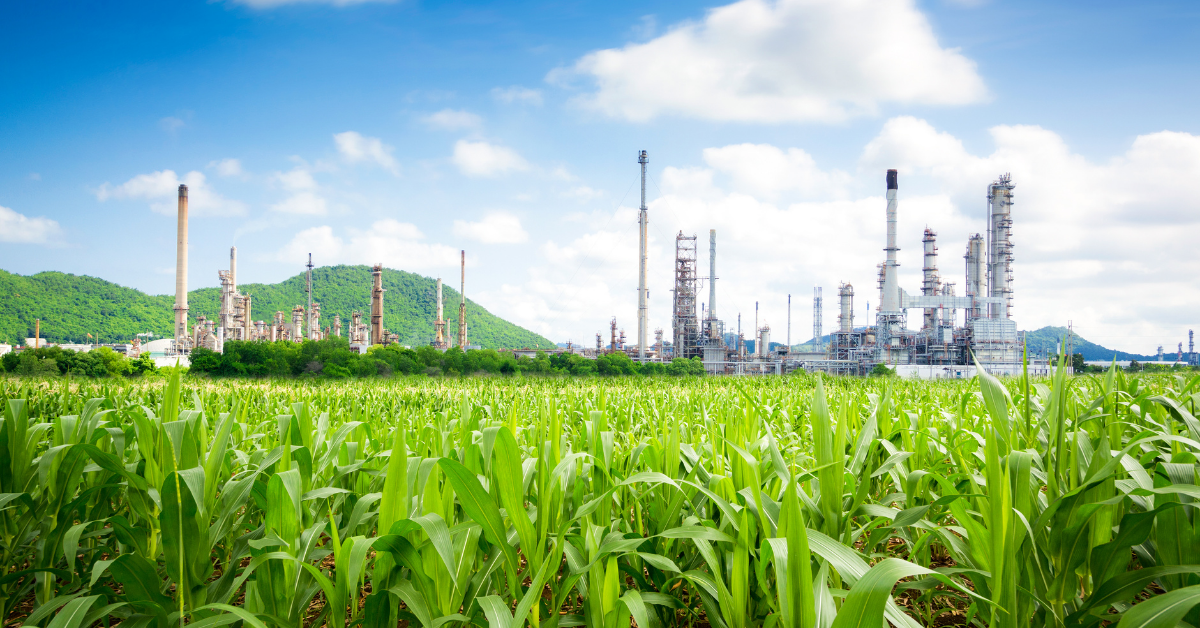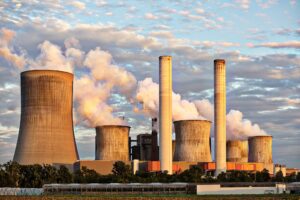Many factors account for the growth of natural gas in the U.S. energy market.
In the home, it’s seen as an inexpensive, reliable, clean-burning fuel for cooking and, increasingly, heating. For powering industrial, transportation, and other sectors, it’s viewed as a readily available and cleaner burning fuel source than coal. In fact, natural gas now accounts for 32 percent of total U.S. energy consumption.
But along with its popularity comes questions, many related to the environmental qualities of natural gas. Is “cleaner than coal” good enough in this era of climate change, carbon-reduction targets and emerging clean-energy technologies?
While it’s true that natural gas produces about half as much CO2 as coal, many eco-conscious organizations are still looking for ways to offset its environmental effects and make sustainability progress. Enter carbon offsets.
A timely, affordable sustainability solution
As organizations weigh the costs, environmental impact, scale and market options, some sustainable solutions are much more viable than others. Currently, renewable natural gas costs twenty times more than carbon offsets.

Many natural gas customers want to make environmental progress while other means to decarbonize evolve. Carbon offsets offer a fast and simple way to advance sustainability goals. One carbon offset is equivalent to removing one metric ton of CO2e from the atmosphere. CO2e or carbon dioxide equivalent is the standard measure for all Greenhouse Gas pollutants including nitrogen oxide, sulfur oxide and methane.
One metric ton of CO2e = 2,205 pounds, or the emissions from driving the average passenger car 2,481 miles
The environmental thinking is that the world and the economy benefit with every ton of carbon reduced, removed or avoided. However, there are still many competing views about the optimal way to decarbonize. Opponents of carbon offsets argue that they are bad for the environment because they allow buyers to continue polluting. Proponents maintain that when offsets are created and traded back and forth, the market activity spurs sustainable development and curbs emissions.
“Reducing atmospheric GHG emissions is actually exactly what carbon offsets do,” said Jennifer Weiss, Vice President of Communications and Business Outreach at Climate Action Reserve. “Offset programs provide financial incentives and technical expertise for projects to reduce, sequester or prevent the release of GHG emissions that would have occurred under business-as-usual scenarios.”
Carbon offsets remove harmful emissions and promote sustainable development
By purchasing carbon offsets, businesses contribute to projects that negate or diminish greenhouse gas emissions, therefore counteracting the emissions from their operations. Projects range from the development of renewable energy generation and energy efficiency technologies to agricultural and reforestation initiatives. By reforesting land, more trees convert more carbon dioxide to oxygen. Reforestation also includes co-benefits like improving water quality and biodiversity.
Some buyers may want to know exactly how carbon is offset while others are more offset agnostic. Origin aside, the power of carbon offsets as a sustainability tool depends on whether they deliver what they promise.
Carbon offset quality and environmental integrity can be verified
Before making an offset purchase, most buyers want to verify credibility and additionality. The concept of additionality asks if a metric ton of carbon dioxide was truly counteracted or removed when the offset was created. Reductions are additional if they would not have happened without the polluter investing in the creation and generation of that offset.
“We’re confident in the vetting process of the carbon offsets we offer because we use the top tier carbon registries in the country,” said Clayton Bedwell, Senior Manager Renewable Services Commercial Strategy.
These organizations’ rigorous standards help measure and ensure quality offsets and associated carbon reduction projects. Verra’s Verified Carbon Standard Program, Climate Action Reserve, and the American Carbon Registry also account for 85 percent of carbon offset transactions in North America.
- Verra’s Verified Carbon Standard (VCS) Program The VCS Program is the world’s most widely used voluntary greenhouse gas program. Verra’s role is to develop and administer the program. They ensure that renewable projects produce quality verified carbon units.
- Climate Action Reserve (CAR) CAR encourages action to reduce greenhouse gas emissions by ensuring the environmental integrity and financial benefit of emissions reduction projects. They establish high quality standards for carbon offset projects, issue carbon credits, and track the transaction of credits in a transparent, publicly-accessible system.
- American Carbon Registry (ACR) This nonprofit enterprise of Winrock International is the first private voluntary greenhouse gas registry in the world. Winrock operates ACR to create confidence in the environmental and scientific integrity of carbon offsets to accelerate transformational emission reduction actions.
Quickly and economically curbing emissions will require a combination of renewable solutions. Verified carbon offsets offer natural gas consumers one way to make immediate progress toward their sustainability goals and demonstrate environmental stewardship.
Want to learn more about how to economically reduce your carbon footprint? We can help! My Brilliant Source provides comprehensive energy analysis and consultation to help you reach your sustainability goals without hurting your bottom line Contact us for a free consultation below.
"*" indicates required fields






